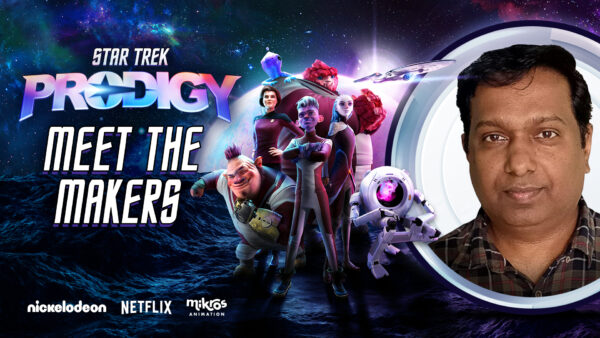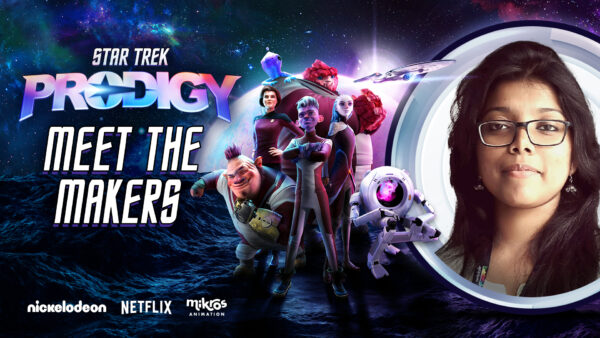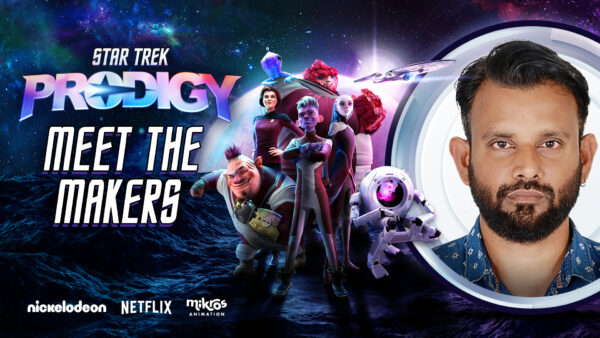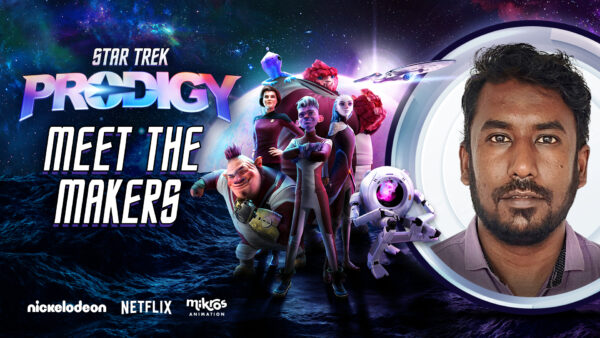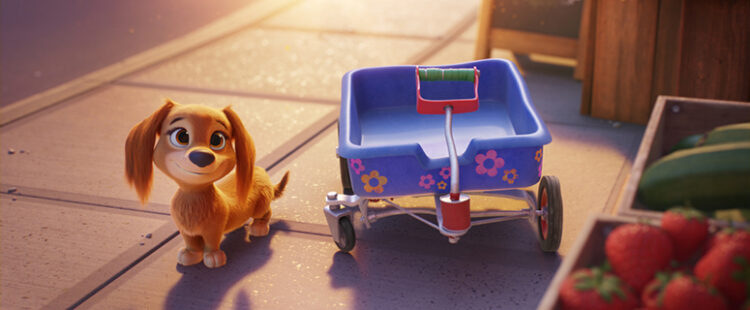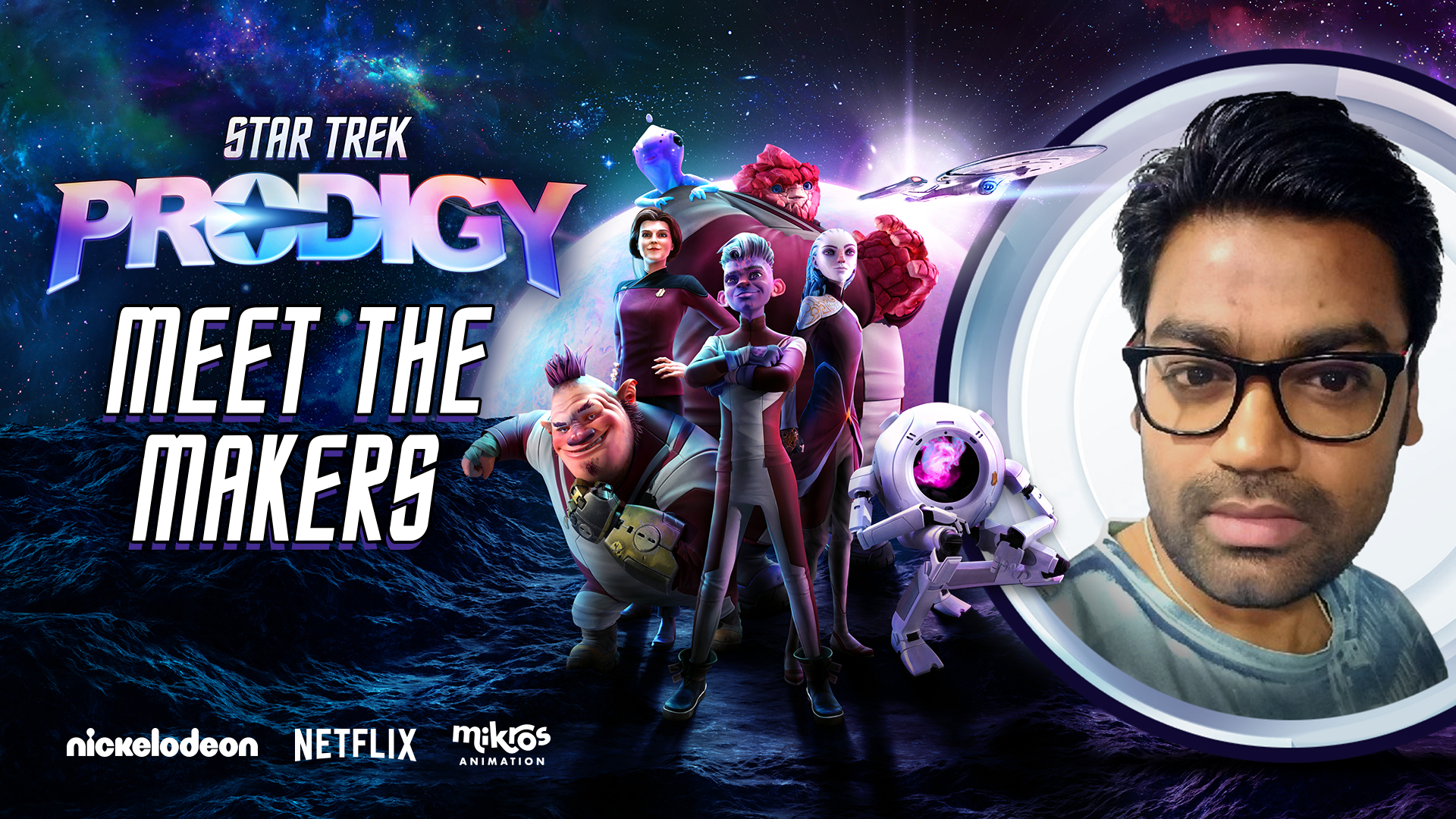
In this Meet The Makers interview, we dive into the creative mind of Kul Bhushan Bokoliya, a seasoned Texturing Surfacing Supervisor, as he shares his experiences and challenges while working on the animated series Star Trek: Prodigy. From his deep-rooted passion for the Star Trek universe to the innovative techniques and tools used to bring the series to life, Kul offers a behind-the-scenes look at the meticulous process of creating stunning visual environments and characters that captivate audiences of all ages.
- Were you already familiar with the Star Trek universe before you started work on the series?
Yes, I have watched some of the Star Trek movies, but I delved deeper into the Star Trek universe when I started working on the project.
- What did you find different about season 2?
I was part of Season 1. The expectations for the quality, details, and complexity in the second season were high. The result was a stunning visual treat for all ages.
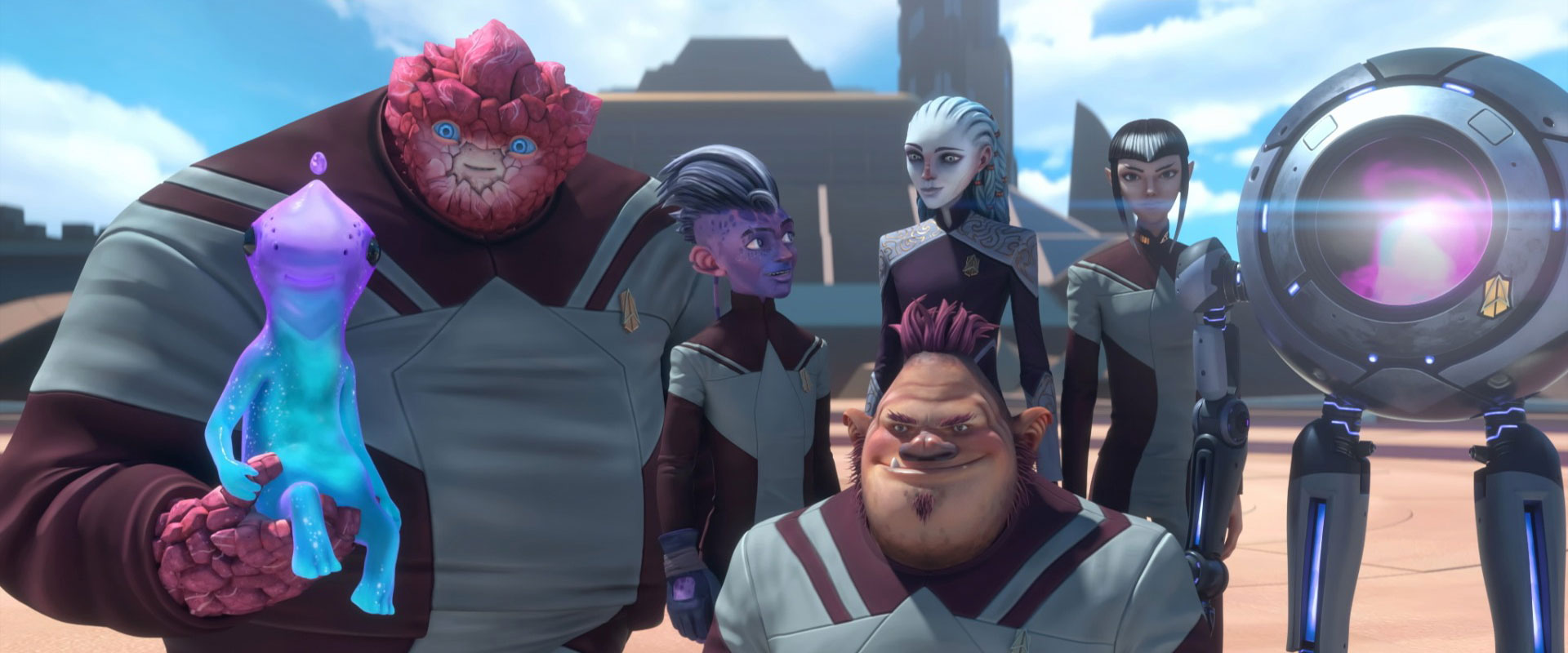
- Can you talk about the creative process behind the animation of “Star Trek: Prodigy”?
For the Surfacing department, we enjoyed the unique blend of stylized painted textures and realistic shading. We collaborated closely with the creators for each episode to achieve the required art style.
- What were the biggest technical challenges you faced for both seasons of the series?
The most challenging task was creating high-resolution textures and intricate shaders for large-scale environments featuring unique flora, fauna, and cultural elements, all while maintaining a cohesive feel within the same universe. Performing real-time research and development to find solutions within time constraints, without compromising the desired quality, proved quite demanding.
- How did you approach the design of the settings and environments to faithfully reflect the aesthetic of the Star Trek universe while bringing a unique touch to “Prodigy”?
Star Trek: Prodigy struck a nice balance between the classic Star Trek aesthetic and the fresh, unique tone of the new series. The Surfacing team conducted extensive research to identify the right painting techniques, shaders, and tools to match the art style. We developed shaders, textures, and a diverse library of brushes to ensure consistent delivery.
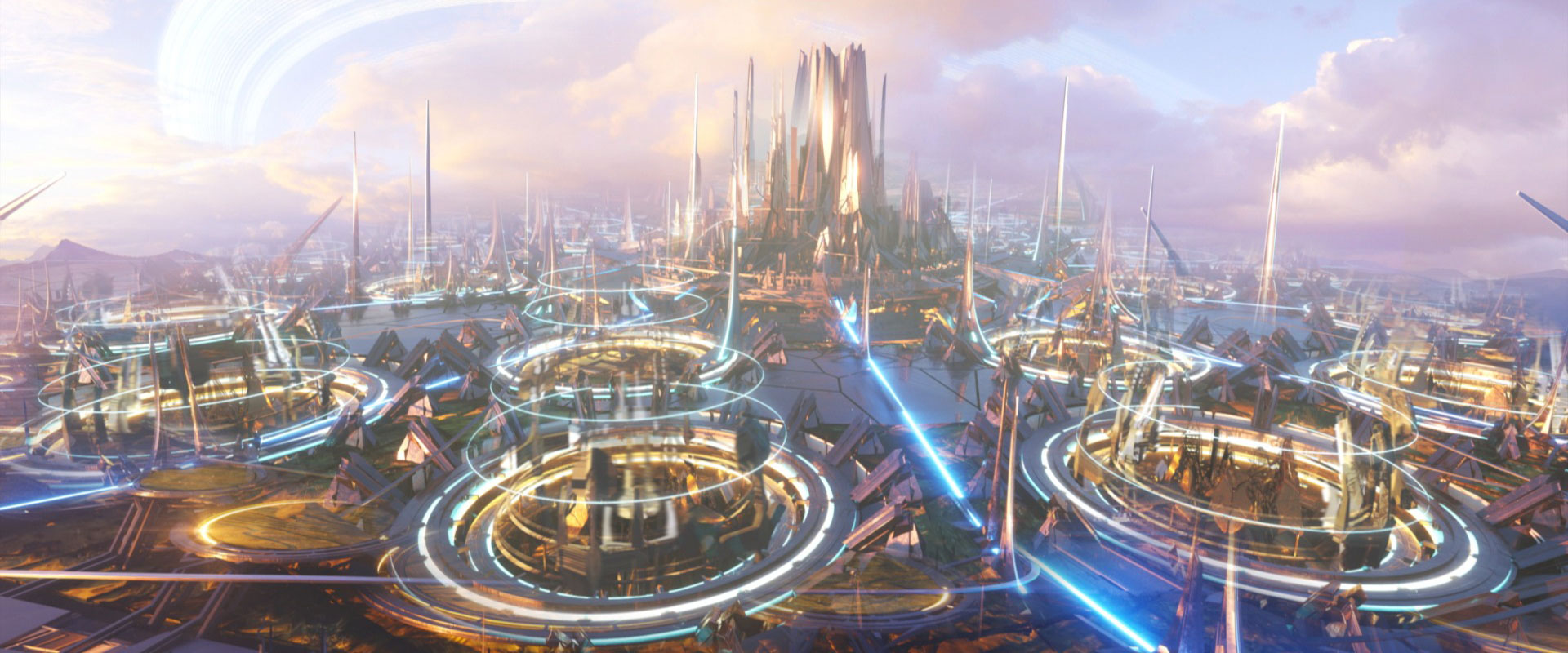
- Can you share details about the technology and software you used?
We used Maya and Redshift for UV and shading, Mari and Substance Painter for painting texture maps, and ZBrush for displacement maps. Additionally, we developed internal tools to automate the process.
- Which characters, scenes, or sequences are you most proud of in “Star Trek: Prodigy”?
It’s a unique show, and the entire series turned out exceptionally well. However, I particularly loved the mining sequence for its detailed environments, diverse array of alien and human characters, and dramatic lighting.
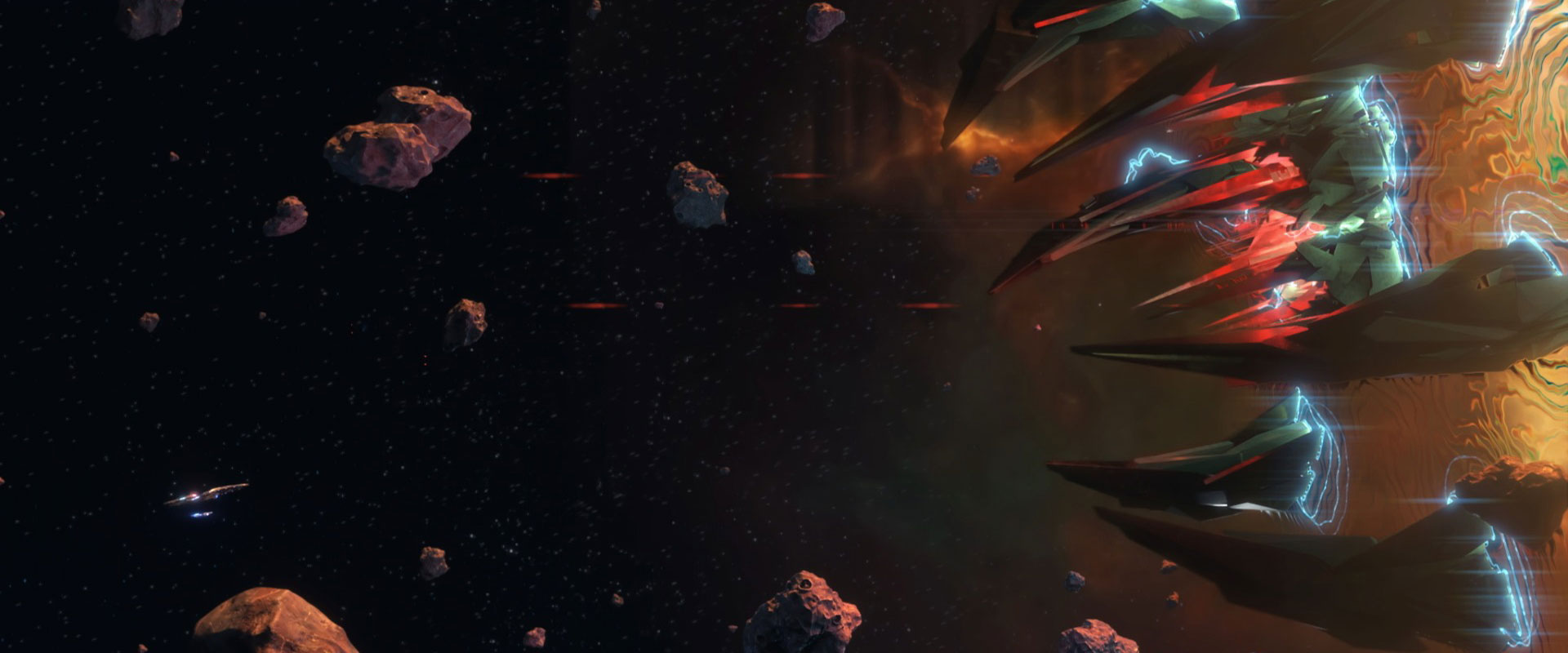
- How did your team manage visual and narrative continuity across different seasons and episodes?
After establishing the show’s style, we set benchmarks for each category and developed a plan before creating any assets. We ensured that all necessary data was provided to artists to streamline the process. Documenting and channeling corrections and input from the client also helped us deliver according to their expectations.
- What lessons or insights did you gain from working on this project that you plan to apply to your future projects?
The main takeaway from this project is the creative collaboration within the team, between departments, and with clients. Effective communication and teamwork led to a cohesive and well-rounded final product.

